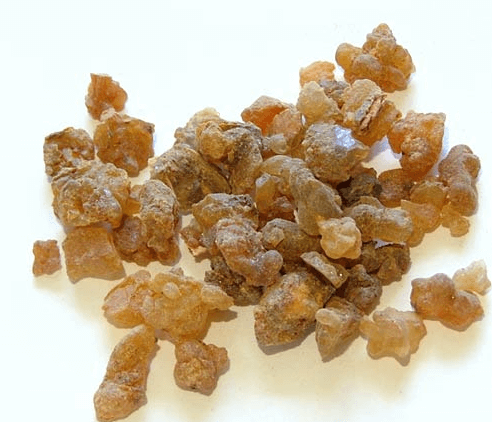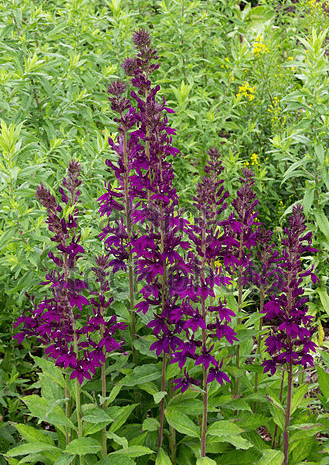Companion planting: Advantages and impact of companion planting
Plants and trees, whatever their size, are all individual, each one being a composition of many complex parts, besides the roots, trunks, stems, leaves, flowers, bark or fruit that are visible to the naked eye. Within the make-up of the plant or tree are fine substances that are either alien to other plants, trees and countless insects, or they are sympathetic to them and assist their growth and attract desirable insects to them. Companion planting is the science of finding out which plants are compatible to one another so as to eliminate the use of chemical sprays.
Root excretions and the micro-life of the soil are all- important factors and the subject is a very intricate one. There are books that deal exclusively and in depth with companion planting but we will include here a few of the facts and findings for those who would like to know something about this fascinating aspect of gardening and farming.
The impact of companion planting is not immediate, as with contact or systematic sprays. Sometimes one has to wait for a year or two before the results are manifested. For instance, if a fruit tree is susceptible to a specific disease, and a plant known to be particularly resistant to it is planted underneath, in time the fruit tree will absorb some of the root excretions and other benefits from the plant. The tree will them become unattractive to its enemy. In the same way it has been found the roots of the French marigold (Tagetes patula) give off a substance which kills soil nematode worms in rose beds, the nematodes being especially harmful to the health of roses. Rachel Carson wrote of this in Silent Spring.
In their book “Companion Plants”, Helen Philbrick and Richard B. Gregg (Stuart and Watkins, London) tell us that not only the French marigold, but the African marigold too has the same properties to combat other soil nematodes, including potato nematodes. When marigolds are planted in a tomato bed, they combat white fly and the tomato plants grow better and bear more fruit. Even the odour of marigold foliage and blossoms is effective as an insect repellent.
We have found that a strong wormwood tea poured around the haunts of snails and slugs is an effective repellent. Another remarkable insect repellent is pennyroyal. Sprigs of it under a dog’s mat will combat fleas, and during a flea plague sprigs of pennyroyal liberally spread around the house will get rid of the fleas. Pennyroyal growing in the garden repels mosquitoes and ants.






